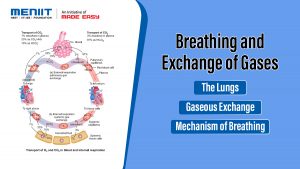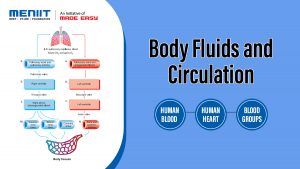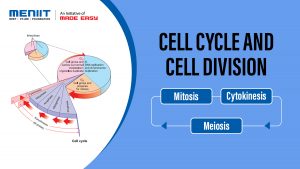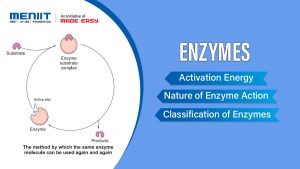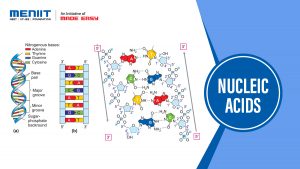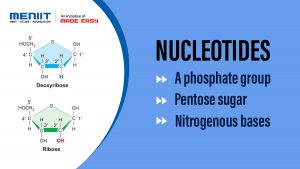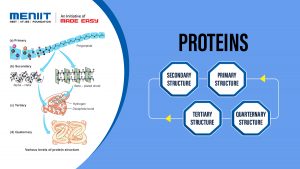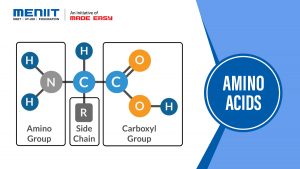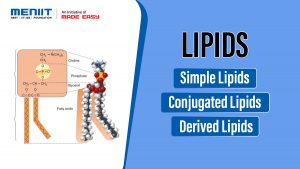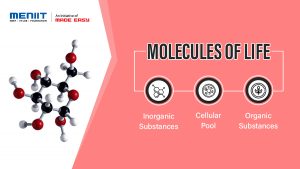STUDY MATERIAL
INTRODUCTION : BREATHING AND EXCHANGE OF GASES Any process that uses oxygen and produces carbon dioxide is a respiratory process. ….Read More >>
INTRODUCTION : BODY FLUIDS AND CIRCULATION We have learnt that all living cells have to be provided with nutrients, O2 ….Read More >>
INTRODUCTION : CELL CYCLE AND CELL DIVISION Growth and reproduction are characteristics of cells, indeed of all living organisms. All ….Read More >>
Enzymes or biocatalysts are proteinaceous substances that are capable of catalyzing chemical reaction of biological systems without themselves undergoing any ….Read More >>
Nucleic acids are linear mixed polymers of nucleotides and are, therefore, also called polynucleotides. They are formed of C, H, ….Read More >>
Nucleotides forms the monomer of nucleic acids i.e. DNA and RNA. A nucleotide is composed of three components: (A) A ….Read More >>
Proteins are polymers or heteropolymers of amino acids (Fisher and Hofmeister). Collagen is the most abundant protein in the animal ….Read More >>
Amino acids are colourless, crystalline, water soluble and animated organic acids formed of C, H, O, N and in some ….Read More >>
Lipids are formed of Carbon, Hydrogen and often Oxygen where Oxygen content is very small as compared to other two ….Read More >>
All chemicals / molecules functional in living organisms whether inorganic or organic, are known as biomolecules. About 5000 chemicals are ….Read More >>
